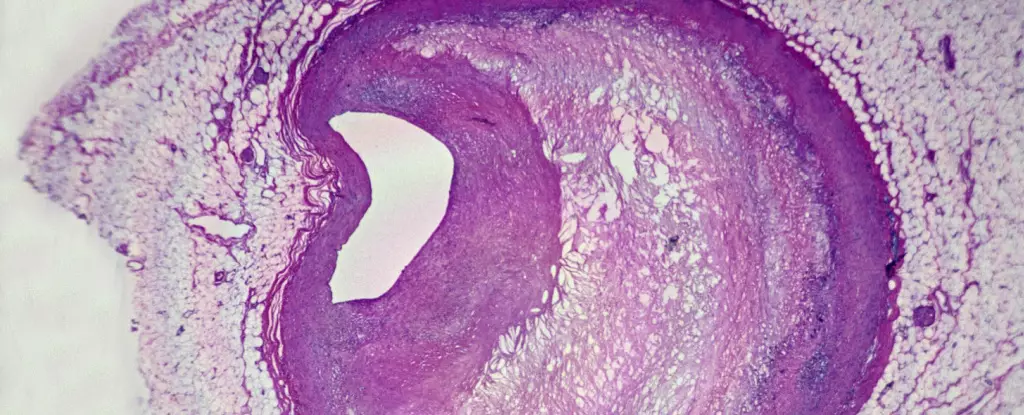In modern society, plastics have become an omnipresent feature of daily life, manifesting in myriad forms and applications. Recent research indicates that minuscule fragments of these materials, termed microplastics, have infiltrated the human body, with alarming findings showing their presence in critical organs, including the placenta. This phenomenon raises a pressing concern about the potential health risks posed by these persistent pollutants. Understanding the implications of microplastics on human health is essential, as their entry into our biological systems can lead to adverse effects that are still largely misunderstood.
To unravel the consequences of microplastics in the human body, scientists have employed various experimental approaches. In vitro models of organ systems and animal studies, particularly involving mice, have formed the backbone of research in this domain. These studies have provided valuable insights into how microplastics might affect cellular functions, inflammation processes, and overall health. However, a limitation of these experiments is the concentration of microplastics used, which may not accurately represent the exposure levels that humans encounter in real life. Thus, while the findings underscore significant health concerns, the translation of these results to human physiology requires caution.
A pivotal study conducted in Italy highlights the need to examine the potential health impacts of microplastics in human subjects more closely. During a clinical procedure known as carotid endarterectomy—performed to clear arteries clogged with fatty deposits—researchers analyzed samples from patients who had undergone the surgery. In an impressive follow-up effort extending nearly three years, the study revealed an alarming finding: approximately 60 percent of the participants had detectable levels of polyethylene, a common plastic, in their excised arterial plaques. Additionally, a smaller but noteworthy fraction (12 percent) had polyvinyl chloride (PVC) present in the fatty deposits. These revelations indicate that microplastics may be bearing witness not just to environmental contamination but to direct accumulation and health consequences within the human body.
Health Outcomes: A Potential Link to Cardiovascular Events
The findings from this study led researchers to investigate the correlation between microplastics present in the plaques and patients’ health outcomes over the follow-up period. The result was startling—individuals with detected microplastics were found to be 4.5 times more likely to experience serious cardiovascular events, including strokes or non-fatal heart attacks, compared to those without detectable levels of these plastic particles in their arteries. This statistical association paves the way for further research, even as it invokes a pause for consideration regarding the implications of microplastics on heart health.
At the cellular level, laboratory studies suggest that microplastics may incite inflammation and oxidative stress in heart tissues, leading to impaired function and potential lasting damage. Observed effects in animal studies include altered heart rate and structural scarring in cardiac tissue, which raises concerns about the long-term implications for human health. Moreover, the presence of inflammatory biomarkers was more prominent in patients with microplastics in their plaque samples, suggesting a possible mechanistic pathway through which these particles may contribute to cardiovascular disease. However, it is critical to bear in mind that association does not equate to causation, as numerous confounding factors—such as lifestyle choices, environmental exposures, and other pre-existing conditions—were not extensively controlled in the observational study.
The Path Forward: Addressing Unanswered Questions
Given the complexity of assessing health risks associated with microplastics, the medical community stands at a crossroads: while significant associations have emerged, questions remain regarding the mechanisms, exposure levels, and demographic impacts of these materials. Philip J. Landrigan, a prominent pediatrician and public health thought leader, has emphasized the urgent need for an expanding research focus on how best to mitigate exposure to microplastics as a public health concern.
As plastic production continues to soar globally, with a modest percentage being recycled, the interplay between cardiovascular diseases and environmental pollution warrants further scrutiny. While rates of cardiovascular illnesses have shown signs of decline in certain regions, comprehensive research is essential to disentangle these complex relationships and inform effective public health strategies moving forward. In the battle against plastic pollution, understanding its implications for human health must be a priority, to ensure a healthier future for all.


Leave a Reply